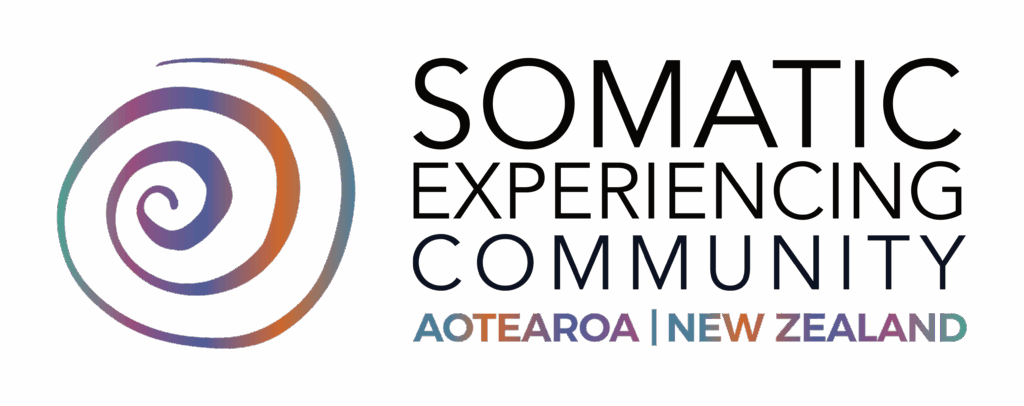About Somatic Experiencing®

About Somatic Experiencing
Somatic Experiencing® is a body-centred approach to healing trauma and stress-related disorders. SE works with the body’s natural ability to process and release stored survival energy. It is widely used across many fields, including psychotherapy, medicine, coaching, teaching, and physical therapy.
Developed by Dr. Peter A. Levine, SE is based on over 40 years of research and practice, drawing from physiology, psychology, neuroscience, and indigenous healing traditions.
SE recognises that trauma isn’t just about what happened – it’s about how the body, mind and nervous system respond to overwhelming events. As Dr Levine explains, “Trauma is not caused by the event itself, but rather by the failure of the body, mind, spirit and nervous system to process extreme adverse events.” (Peter Levine, In an Unspoken Voice, 2017)
By helping people move through fight, flight, or freeze states, SE supports deep healing from PTSD, emotional wounds, and developmental trauma. Practitioners use gentle techniques such as orienting, resourcing, and containment to restore a felt sense of safety and balance. These skills benefit a wide range of professions, including mental health, bodywork, addiction recovery, first responders and personal development.
At its heart, Somatic Experiencing is about reconnecting with the body’s natural wisdom—allowing people to heal, thrive, and regain a sense of ease in their lives.

Somatic Experiencing Professional Training will soon be opening for registration in Aotearoa | New Zealand.
Sign up to be notified when final details are confirmed.
How SE can help
People often come to SE for support with:
- Anxiety, overwhelm, or chronic stress
- Feeling shut down, numb, stuck or disconnected
- The effects of childhood adversity or relational trauma
- Recovery from accidents, medical trauma, or surgery
- Chronic tension, pain or fatigue
- Burnout or emotional exhaustion
- Difficulty setting boundaries or staying regulated in relationships
SE may also support greater resilience, improved boundaries and a sense of agency in daily life. Many people develop more capacity to meet life with presence, stability and greater self-trust.
Why train in SE?
SE helps practitioners to:
- Understand the nervous system and survival responses
- Work with trauma without reactivating overwhelm
- Integrate body-based tools into existing modalities
- Strengthen presence, boundaries and emotional capacity
- Reduce the risk of burnout
- Offer gentler support, especially for clients who may struggle with only talk-based methods
SE training is professionally enriching and personally transformative. It fosters a grounded, embodied approach to practice and helps practitioners develop a deeper capacity to support others with care and integrity.
About Somatic Experiencing Professional Training
- Create safety and containment in sessions
- Cultivate presence and attunement to support clients developing body awareness
- Recognise and work with survival responses and nervous system dysregulation
- Integrate SE principles with other therapeutic approaches
- Maintain professional boundaries and stay within their scope of practice
- Understand trauma physiology and the natural rhythm of the nervous system
- Work with the felt sense of the body
- Track sensations and nervous system states
- Titrate experiences to prevent overwhelm
- Identify and build client resources that support regulation
- Support the completion of incomplete survival responses (fight, flight, freeze).
- High-impact trauma
- Physical injury
- Global high intensity activation
- Inescapable attack
- Horror
- Natural disasters
- Advanced nervous system regulation skills.
- Integrating SE touch work to support deeper healing.
- Navigating complex client presentations with sensitivity and attunement.
Find out more about the curriculum here.
Integrating Somatic Experiencing into your scope of practice
The Power of Touch: Using Somatic Experiencing® to Work with Trauma
Julie Teetsov, Ph.D., SEP, CST
Reflections of a psychologist: integrating Somatic Experiencing® into my practice
Carien Lubbe-De Beer, Ph.D, SEP
